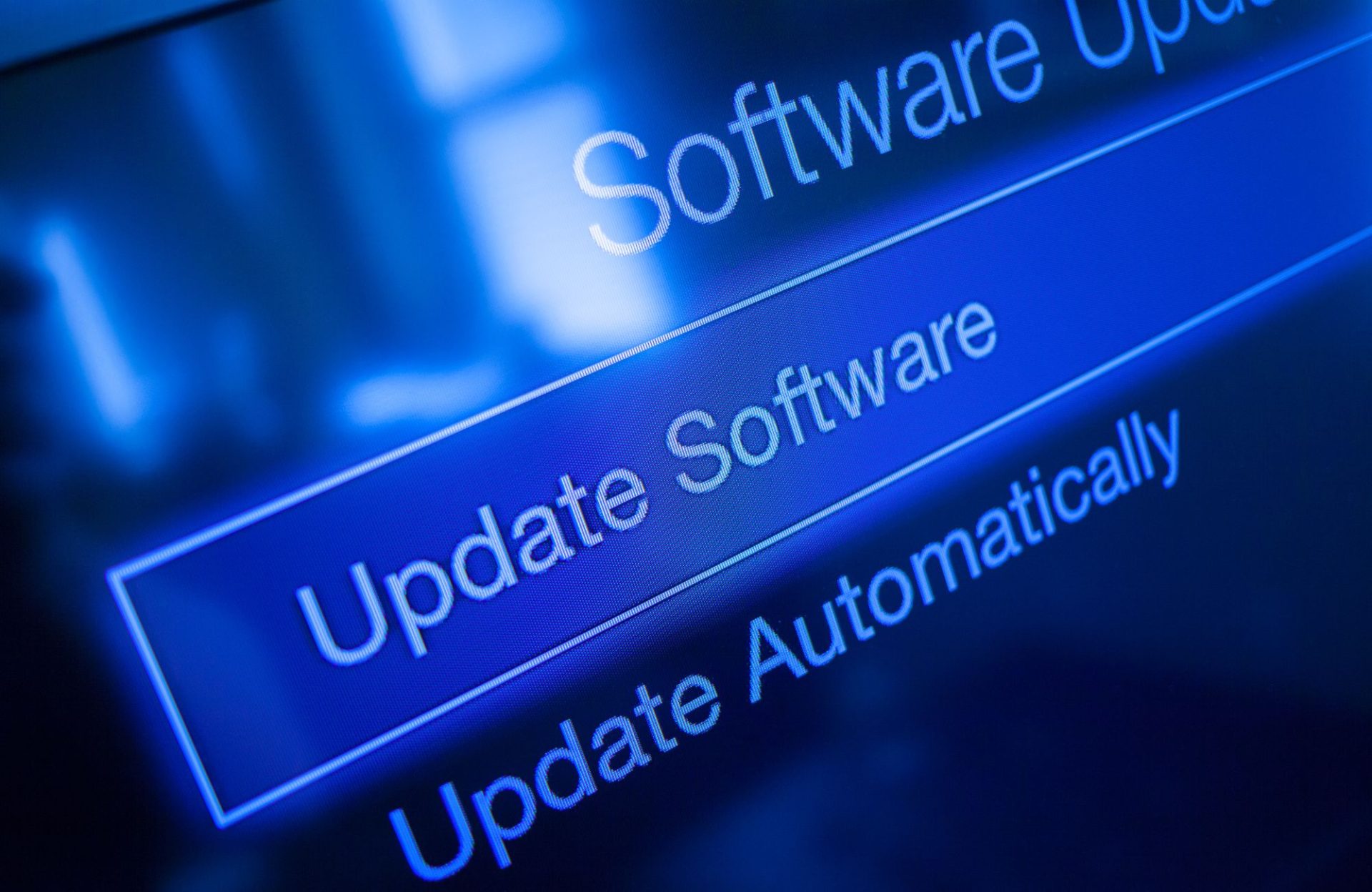Climate change and diminishing fossil fuel supplies are fostering an overall trend toward green products and services. The efforts around sustainability and energy efficiency are naturally incorporating smart products into solutions to achieve better results. Internet connectivity and intelligent sensing products are allowing better optimization of the benefits of green products and services. Designers are considering health, energy efficiency, longevity and occupant comfort as they develop buildings. This is leading to smart buildings and smart cities.
Smart Technology Market Trends
According to Frost & Sullivan, a growth strategy and research firm, the smart city market will be valued at $2.4 trillion in 2025 and 47.5% of projects will be in smart energy, infrastructure and building spaces. Also, they predict that there will be more than 26 smart cities internationally, by 2025. Green and smart buildings are more than idealism; they are an area of strong industry growth and a long-term business opportunity. In the current circumstances related to the pandemic, green building technology has become prevalent as a healthy building spaces solution. Government and financing providers are building green requirements into their codes and prerequisites. And the need for better and better solutions is driving the market toward smart technology to provide the answers.
Smart Tech is giving answers in the form of such things like the smart thermostat and automated lighting controls. These are easily implemented and have immediate and noticeable benefits and savings.
Smart Building Capabilities
Not only are systems within buildings being integrated and managed under one single user interface, but multiple buildings in a campus can be interconnected to produce highly efficient and cohesive environments. Low-cost sensors and the IoT are providing data to building managers to virtually eliminate inefficiencies. The IT teams are merging with the OT teams, protecting against security gaps and operational ineffectiveness.
Buildings are being armed with sensors to detect solar heat and trigger window shades; sensors that detect when a window is opened and shuts the HVAC system off; sensors to detect occupancy and adjust systems for occupant comfort; sensors to detect humidity levels and trigger humidifiers or dehumidifiers and sensors to detect levels of fresh air entering spaces.
Building managers armed with data from sensors that define the performance of their buildings can make better decisions resulting in savings in energy, labor, and equipment wear and tear.
Smart Campuses
Besides residential and office buildings, industrial campuses are being designed with smart technology throughout to create better performing and more comfortable buildings that work together. Entire cities are being designed to connect healthcare, energy, buildings, transportation and governmental sectors with smart technology to provide the best synergistic environments.
Integrating Smart Technology
Managers will seek complete end-to-end solutions to advance their buildings and campuses in the race to better performing buildings. IoT technologies will be the key to continuous improvement. As global awareness builds around limited resources and healthy environments, sustainability and going green will become a demand of occupants of buildings as well as requirements by government and financial agencies. Commercial Real Estate (CRE) companies will facilitate smart buildings that will be in higher demand and produce higher revenue. Whether the project is new construction, retrofit or modernization of an existing building, partners such as Albireo Energy that can offer Master Systems Integrator services, and that know the best practices and current compliance requirements, will be spearheading the movement. Get ahead of the trend; contact the team at Albireo to discuss what your facility needs to get greener and smarter.






